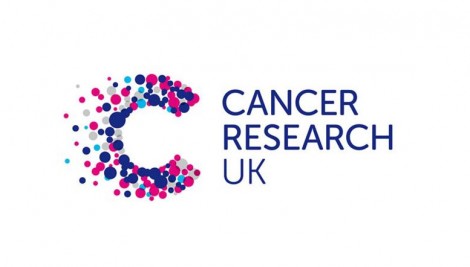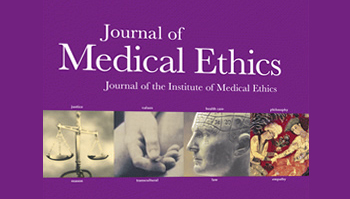RNA sequence could help doctors to tailor unique prostate cancer treatment programmes
Sequencing RNA, not just DNA, could help doctors predict how prostate cancer tumours will respond to treatment, according to research published in Genome Biology.
Because a tumour’s RNA shows the real time changes a treatment is causing, the authors think this could be a useful tool to aid diagnosis and predict which treatment will most benefit individual cancer patients.
Colin Collins and Alexander Wyatt, and other researchers from the Vancouver Prostate Centre at the Vancouver Coastal Health Research Institute, matched 25 patients’ treatment outcomes with the RNA sequence of their prostate cancer tumours.
They suggest that similarities between the RNA of some of the patients’ tumours could open up new avenues of treatment.
Prostate cancer is the fourth most common cancer worldwide, but can be effectively managed.
Doctors normally recommend a combination of therapies, because patients’ reaction to treatment varies considerably.
The side-effects of these treatments can be significant, so current research is focused around precision medicine – classifying patients on their tumours’ molecular changes, and only giving them the treatments that are expected to be most effective.
To investigate variations between the highest risk cases of prostate cancer, researchers conducted a range of genomic analyses, including sequencing the RNA in 25 patients’ prostate tumours.
The RNA molecules direct which proteins the cell produces, so the RNA sequences show how tumour cells behave differently to normal cells.
Alexander Wyatt, Vancouver Prostate Centre, says: “Most genomic sequencing studies have focused on the DNA, which gives us important information about a tumours’ history. In our study we examined RNA, which tells us which genes are being used and are disrupted at the time the tumour was collected.”
They then matched up this data with the detailed follow-up information that they had for each of the patients.
They were then able to see what sequence disruptions were associated with a positive reaction to different therapies, and they believe this could aid personalised medicine.
Alexander Wyatt says: “We were surprised by the sheer number of genomic differences between patients. This complexity may help explain why patients respond differently to treatment, and why some tumours grow faster than others. The more we understand tumour-to-tumour variability, the closer we come to accurately tailoring a patient’s management specifically for his own tumour. Overall, this is a very exciting time for cancer research, as global sequencing efforts mean we are advancing towards precision oncology.”
Another potential use of this information is that in certain groups, there was a similarity in the type of genes and pathways that were disrupted in the tumours.
This might indicate an underlying cancer mechanism that could be exploited to create new cancer treatments.
Alexander Wyatt says: “Despite the enormous complexity between patients at the individual gene level, when we examined the functions of affected genes, clear commonalities between groups of patients emerged. Ultimately it may be possible to exploit this convergent biology.”
References
Wyatt et al, Heterogeneity in the inter-tumor transcriptome of high risk prostate cancer, Genome Biology 2014 15: 426
Source: BioMed Central
























